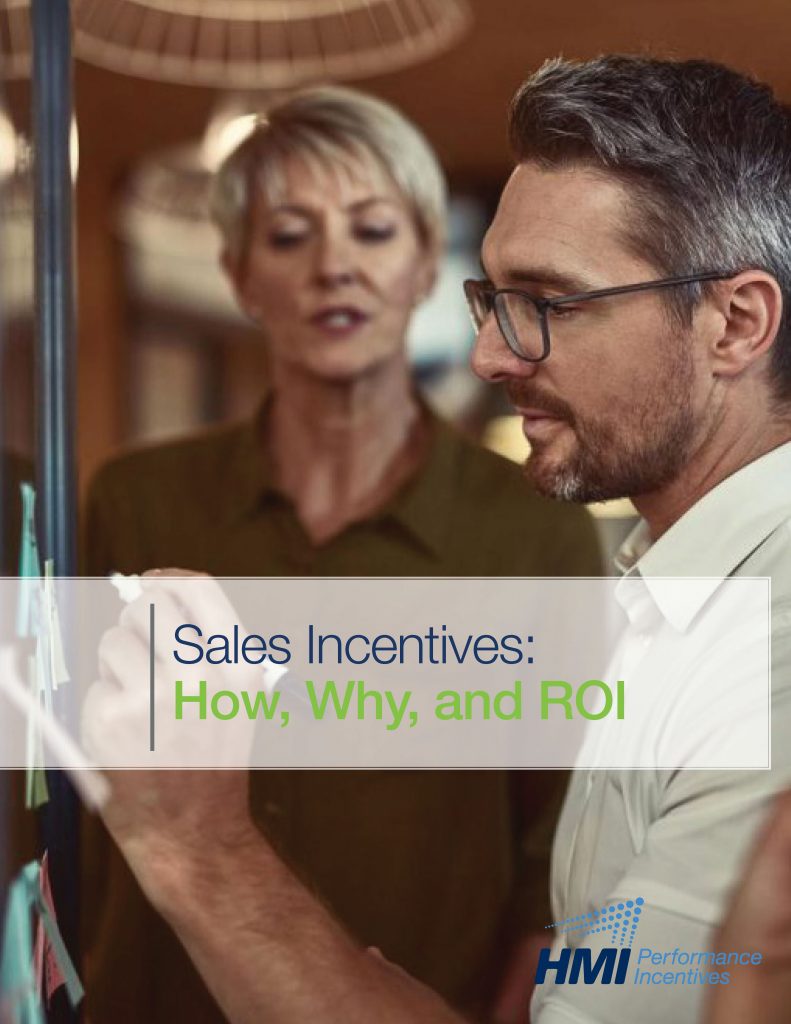Distribution professionals, if you have not downloaded or watched Distribution Strategy Group’s State of Sales in Distribution report, I would highly recommend you do if you’re in charge of a distribution salesforce. It’s packed full of in-depth analysis of trends happening within the industrial distribution industry.
To name a few: how COVID impacted sales teams, the changing landscape of the sales department, CRM usage and adoption, how to improve your inside sales team, and how to better differentiate your sales team from your competition’s.
There’s a lot to unpack, so I want to share with you a few key takeaways:
#1: The Sales Landscape Changed During COVID
This was an obvious statement during COVID. The question becomes “what did top performing companies do that others didn’t and what will top performing sales teams look like going forward?” What you need to think about is how your company’s sales performance, and maybe structure, changed, or needs to change. Will you allow your sales strategy to stay the same and fall behind those who adapted? For many, the field vs inside model has significant ramifications, especially given that the role, and opportunity, of “face-to-face” selling is changing as well as becoming more electronic.
#2: It Takes a Nudge
Like Keenan always says in Gap Selling, people don’t like change unless they’re prepared for it. No one was prepared for COVID but many adapted. The need to survive creates survivalists, and companies thrived, albeit to varying degrees. Being adaptable is the key to serving customers. Reinforcing positive behavior, and achievement, is important to turning “nudges” into repeatable behavior. Recognize top performers and reward repetition that leads to performance results within your distribution salesforce.
#3: Nail Down Your Key Behaviors Before You Start
Start small. Are you hiring new reps as the recovery unfolds? Start by nailing down the characteristics and behaviors you want to see done by people in your company, new and existing. These key behaviors will be the foundation you use to build up the complexity of the change. Support new hires by pairing them with top performers in your distribution salesforce that are helping you implement your new sales structure.
#4: Reward for these Desired Behaviors, Not Just the Results
It’s not just about communicating the plan and rewarding people for getting to the end, although most management likes to jump to the end. Ensuring sustainability requires developing a strong, repeatable, foundation and reinforcing the steps to take to achieve success. Any good change strategy should have an incentive structure tied to it. That’s behavioral economics. People need to know what is in it for them for them to adapt … how will it benefit them! Have a solid answer for “Why am I doing this?” The moment that clicks, the results will follow.
#5: New Tools Make for a Headache
COVID initiated the age of technology selling for distributor salesforces. Now, more than ever, sales organizations have had to adapt to CRM, Zoom / Teams and other technologies to enable interaction with customers and their internal teams. None of these tools will become unplugged going forward. They are customer and management expectations as well as productivity-enhancers and communication tools. Top performing sales teams will use them effectively.
The key for management is to ensure that they are adopted, well-utilized, and leveraged by inside and field sales teams. Information needs to be shared. Best practice sharing is imperative as well as recognizing some power-users (or a trainer) who can keep your team on the “leading edge” of the tools your team is using.
And show them how the tools are benefiting your team, and ideally, specific salespeople. People like recognition.
#6: Inside Sales Will Have Different KPIs than Field Sales
People respond to what they are measured against and managed to. Metrics (or goals) matter. Understanding what a “win” is and determining the business drivers is important. This starts with understanding the desired outcome and understanding the interaction points. Then setting goals applicable for the audience. Once the goals are set, the appropriate rewards that intrinsically and extrinsically stimulate performance should be applied. As performance incentive specialists, we do this daily to help clients achieve their goals from different audiences.
Whether you are a distributor developing / managing your salesforce or a manufacturer seeking to optimize performance through your channel’s salesforce, this is a critical step. The best designed sales organization still needs to be motivated to perform.
#7: Consultation Is Selling
And better yet, it’s differentiating, as stated in the report. To add value, you need to understand the customer and their needs. The key is asking probing questions. The key for distributors is training your staff on the right questions to ask… about the customers business. This also requires understanding the questions that drive demand for your value-added services. Manufacturers should provide distributors with key questions that help sales teams probe for opportunities. These questions lead to conversations and sales opportunities. A disciplined approach supported by training and performance metrics stimulates a flywheel approach that generates sales and opportunities… for inside sales to capitalize upon or for qualified opportunities to be shared with a field sales team.
Conclusion
COVID was a jolt to many distribution salesforces and, in some cases, jumpstarted a transition from a field-based sales organization to an inside/out sales structure. It’s a different mindset that requires different sales skills, different management skills, different metrics, different tools, and different ways to communicate. It also speaks to potentially a different relationship with customers. One that defines “relationship” and “personal” differently.
Performance incentives can help companies achieve the behavioral sales change they seek by providing tools and reward systems that recognize performance while also helping companies implement new, creative customer engagement mechanisms, leveraging technologies that engender repetitive interactions between customers and inside sales teams.
There are so many more great nuggets of information in the report. Here’s the link to download their whitepaper.
The webinars on demand are available here as well.
If you’d like to connect with me for ideas on how behavioral change tools can be integrated into your sales transformation process and your sales strategy, connect with me on LinkedIn or book a meeting with one of our incentive experts.








